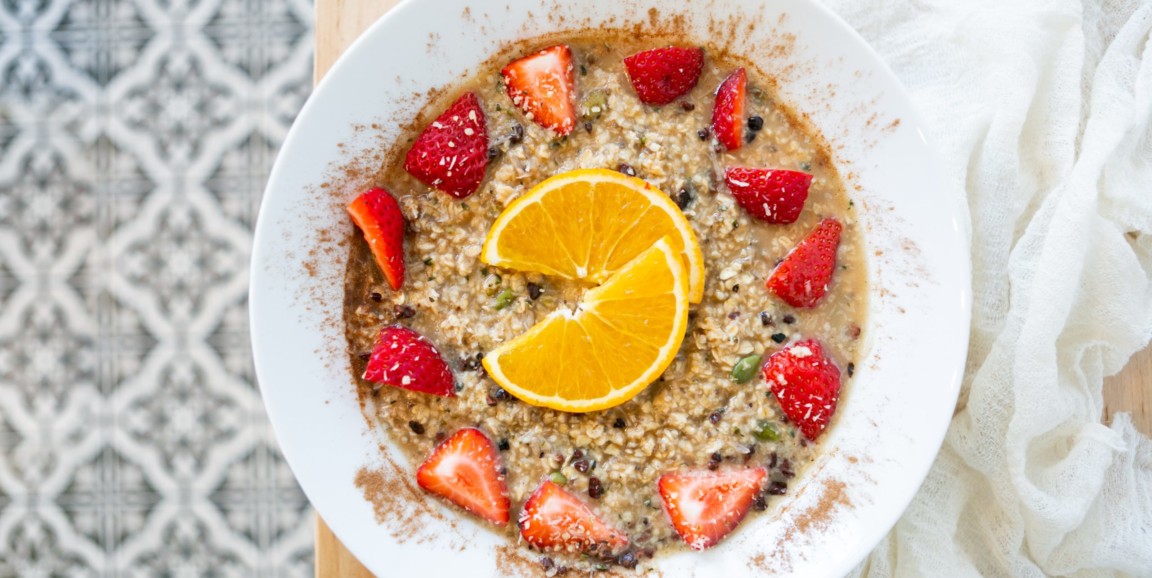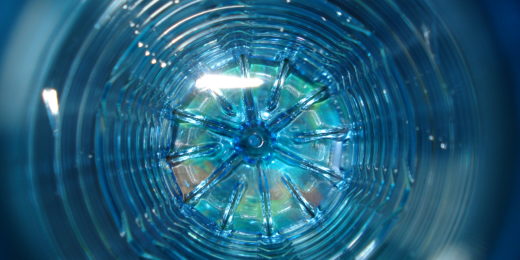When Stanford pediatrician Anisha Patel, MD, decided to focus her research on reducing children's sugar consumption, she didn't realize this would lead her to plan musical performances for school kids, wrangle plumbers and coauthor a cookbook.
But she's done all these things recently as part of her hands-on approach to helping parents and elementary school teachers reduce children's sugar intake.
Right now, the average U.S. child consumes about 18 teaspoons of sugar per day in foods and beverages, or three times as much as experts recommend. Consuming too much added sugar -- which does not include naturally occurring sugars such as those in whole fruits -- is linked to health problems including childhood obesity, diabetes and liver failure.
Patel's work aims to reduce two dietary sources of excessive sugar: those children drink, and 'sneaky sugars' that show up in unexpected foods.
"The biggest culprit is sugar-sweetened beverages: sodas, sports drinks, and sugary coffee and tea drinks," Patel said, noting that half of the added sugar in the diet comes from beverages. "Sneaky sugars are the ones you wouldn't think about being added to foods that seem healthy: granola, yogurt, salad dressings, soups, tomato sauce, Asian sauces, even bread."
Patel's Stanford team is conducting research in low-income Bay Area elementary schools, testing how to get students to drink more water.
Their intervention, called Water First, provides schools with a package of materials and activities intended to increase students' water consumption, including installing three lead-free water bottle filling stations at each school (hence Patel's experience with the trials of working with school districts' facilities and construction staff to modify school plumbing); providing compostable or recyclable cups; giving each fourth-grade student their two reusable water bottles for home and school use; offering classroom lessons on the health benefits of water; and organizing a school-wide assembly with a local children's singer, who leads the students in singing and dancing to a song about water.
"Luckily, a lot of school administrators see a connection between drinking water and learning," Patel said, adding that many schools have aging drinking fountains where students may only be able to get a few sips of water all day. "If kids are under-hydrated, they can have constipation, get headaches and feel fatigued."
Patel's team is collecting data comparing children in schools that receive the Water First intervention early to those that will get it later on. They are running related projects for older kids, too, such as teaching high school students to collect data about drinking-water sources on their school campuses, an important first step in identifying where water access needs improvement.
To tackle sneaky sugars, Patel and healthy-food advocate Jennifer Tyler Lee recently wrote a cookbook called Half the Sugar, All the Love, published in December. The book shows how to prepare favorite foods with much less sugar.
The recipes are simple to make and cover a wide range of cuisines, including such dishes as instant oatmeal, Pad Thai, horchata, spaghetti and meatballs, Korean chicken wings and chai-spiced rice pudding. (Yes, all these foods have hidden sugars; the book gives a teaspoon-for-teaspoon comparison of what's in each recipe vs. a commercial version of the same dish.)
Not only are the recipes healthy, they got enthusiastic endorsements from Patel's two kids, both for tastiness and ease of preparation. "My 13-year-old, who was around 11 when we started, is very involved in the kitchen, and she was able to carry out a lot of these recipes," Patel said.
Photo by Deirdre Schlabs






